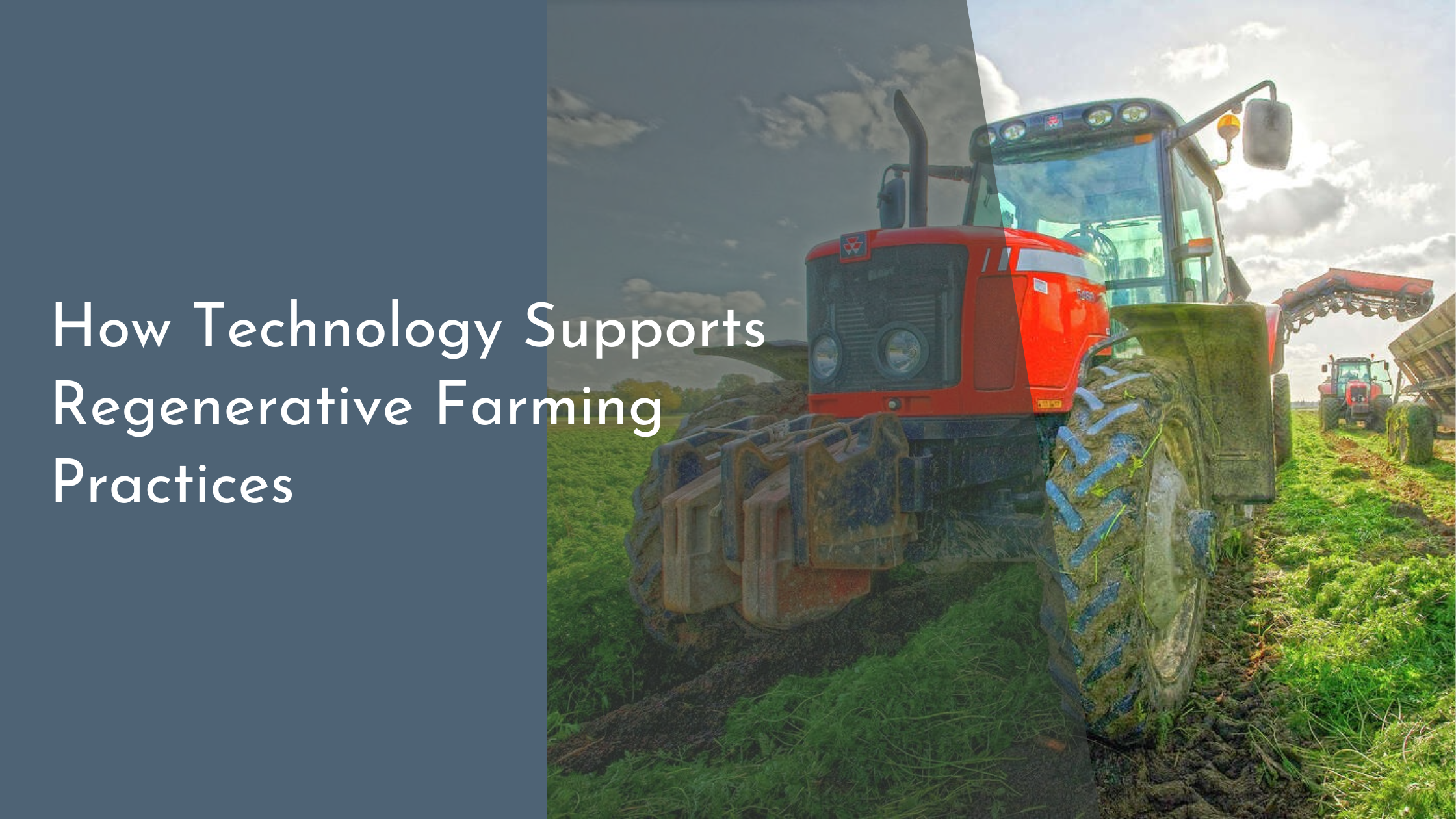How Technology Supports Regenerative Farming Practices
Regenerative farming is more than a buzzword; it represents a significant shift in agricultural practices aimed at restoring and enhancing the health of our ecosystems. This approach seeks to go beyond sustainability by actively improving the resources it uses rather than depleting them. As the world increasingly recognizes the importance of regenerating our planet’s resources, technology has become an indispensable ally in this journey. In this article, we will explore how technology is supporting regenerative farming practices, ensuring a healthier planet for future generations.
Understanding Regenerative Farming Principles
Regenerative farming is founded on principles that aim to restore soil health, increase biodiversity, and improve the water cycle. Traditional agricultural practices often degrade these vital systems, leading to diminished soil fertility, reduced crop yields, and negative impacts on the environment. Regenerative farming, however, focuses on practices such as crop rotation, cover cropping, and reduced tillage, which work in harmony with nature to rebuild the organic matter in soil and enhance its capacity to sequester carbon.
In addition to soil health, regenerative farming emphasizes biodiversity and ecosystem restoration. This involves integrating diverse plant and animal species into farming systems, which can enhance resilience against pests and diseases, improve pollination, and create habitats for wildlife. By fostering a diverse ecosystem, regenerative agriculture promotes a balanced and self-regulating environment, reducing the need for synthetic inputs and creating a sustainable food production system.
Innovative Technologies Enhancing Soil Health
Technological advancements have opened up new possibilities for improving soil health, a cornerstone of regenerative farming. Precision agriculture tools, such as GPS-guided equipment and drones, allow farmers to apply nutrients and water with pinpoint accuracy, reducing waste and preventing soil degradation. Additionally, sensors deployed in fields can monitor soil moisture, temperature, and nutrient levels in real-time, providing valuable data that helps farmers make informed decisions about crop management.
Another exciting technological development is the use of bioinformatics and data analytics to understand soil microbiomes. These tools help farmers identify beneficial microorganisms that support plant growth and improve soil health. By leveraging this knowledge, farmers can tailor their practices to promote these beneficial organisms, enhancing soil fertility and crop productivity. This integration of technology and biology represents a significant leap forward in regenerative agriculture, enabling more efficient and effective soil management.
Digital Tools for Sustainable Livestock Management
Livestock management is another area where technology is revolutionizing regenerative farming practices. Advanced monitoring systems and wearable devices for animals allow farmers to track the health and behavior of their livestock in real-time. This data-driven approach helps farmers optimize grazing patterns, improve animal welfare, and reduce the environmental impact of livestock operations. By promoting rotational and adaptive grazing, technology supports the regeneration of pastureland, increasing soil carbon sequestration and biodiversity.
Furthermore, digital tools such as farm management software provide comprehensive platforms for planning and tracking all aspects of a farming operation. From monitoring feed and water intake to managing breeding schedules, these tools help farmers efficiently allocate resources and make data-driven decisions. The integration of IoT (Internet of Things) devices and blockchain technology also ensures transparency and traceability in livestock production, enhancing consumer confidence in sustainably produced animal products.
The intersection of technology and regenerative farming practices offers a promising future for agriculture. By enhancing soil health, promoting biodiversity, and optimizing livestock management, technology is not only making regenerative farming more efficient but also more accessible to farmers around the world. As we continue to innovate and refine these tools, the potential for regenerative agriculture to address global challenges such as climate change and food security becomes increasingly evident. Embracing this harmonious blend of nature and technology, we can look forward to a brighter and more sustainable future for agriculture and the planet.

